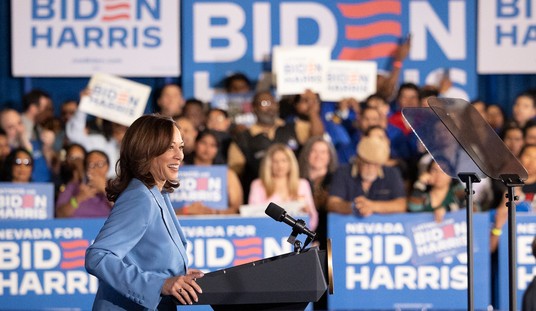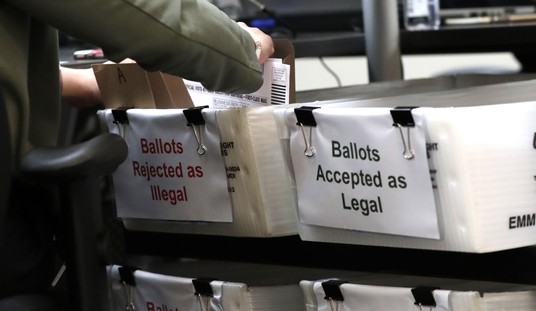Professional football is the most popular spectator sport in
America, which is one reason the Super Bowl is expected to draw 110
million viewers. With its famous athletes, storied franchises and
lucrative TV contracts, it's an industry whose future appears limitless.
But football has a problem: the specter of mass brain damage among
current and former players. So far, the steady trickle of disturbing
revelations has had no apparent effect on ticket sales or TV ratings. What
it has done, though, is more ominous: It has invited lawsuits.
If football falls into decline, it may not be the result of fans
turning away, athletes avoiding it or parents forbidding it. It may be
from lawyers representing players who sustained chronic traumatic
encephalopathy and expect to be compensated for the damage.
Already, more than 4,000 former players are suing the NFL,
claiming it failed to warn them of the hazards. The family of San Diego
Chargers great Junior Seau, whose autopsy revealed CTE after his suicide
last year, has filed a wrongful death suit against the league. The Seaus
are also accusing Riddell Inc. of making unsafe helmets.
Walter Olson, a Cato Institute fellow, blogger (Overlawyered.com)
and author of several books on liability, knows well how a tide of
litigation can transform a landscape. And he has a bold prediction: "If we
were to apply the same legal principles to football as we do to other
industries, it would have to become extremely different, if not go out of
business."
"Seriously?" you may ask. A guy who made a good living engaging in
high-speed collisions with 300-lb. blocks of granite can say he didn't
understand the risks involved? It may seem that case will be laughed out
of court.
But Olson thinks not. "Courts have not been very friendly to this
argument, particularly when something as grave as permanent brain damage
is involved," he told me. And it's become apparent that while players were
aware of the possibility of mangled knees, broken bones and concussions,
they didn't grasp that repeated blows to the head could produce
debilitating and irreversible mental harms.
Exposure to asbestos was long known to be unhealthy, but that
didn't stop sick workers from succeeding in court. More than 730,000
people have sued some 8,000 companies, and dozens of firms connected to
asbestos in some way have been driven into bankruptcy.
The NFL has a weak hand in other ways as well. Professional
football players, notes Olson, make particularly appealing litigants,
since they tend to be well-known and widely liked. Their cases will get a
lot of sympathetic publicity.
These athletes are handsomely paid, which means that brain trauma
may deprive them of years of high earnings while requiring them to get
expensive care for decades -- all of which the league and other parties
(stadium owners, equipments makers and so on) may be forced to pay for.
On the other side are owners, many of whom are resented for
charging high prices, fielding losing teams year after year or simply
being insufferable. (Jerry Jones, I'm looking at you.)
Next in the line of fire are the soulless corporations that make
or sell helmets, facemasks and other gear that failed to prevent these
injuries -- and may even have contributed to them. Doctors and trainers
who cleared players to return to action after a fog-inducing tackle will
get close scrutiny to determine whether they put the team's needs above
the patient's.
The NFL and other defendants can argue that they too were
surprised to find out how much brain damage can result from the game and
therefore should not be blamed for it. But as Olson notes, the game is
still being played in pretty much the same way as it was before. Lawyers
for the plaintiffs, he says, can ask: "How much difference would that
knowledge have made if you're still letting this happen?"
It's always possible, of course, for lawmakers to pass legislation
exempting organized football from the usual liability standards. But if
one state or 10 states do so, attorneys can find excuses to file the
lawsuits in states that don't -- since the NFL is an interstate business.
A federal law might take the issue out of state courts. But how
many senators will want to vote to deprive ravaged gridiron legends of
their day in court?
The NFL has a lot of experience with blitzes. But it's never seen
anything like the one that's coming.
























Join the conversation as a VIP Member